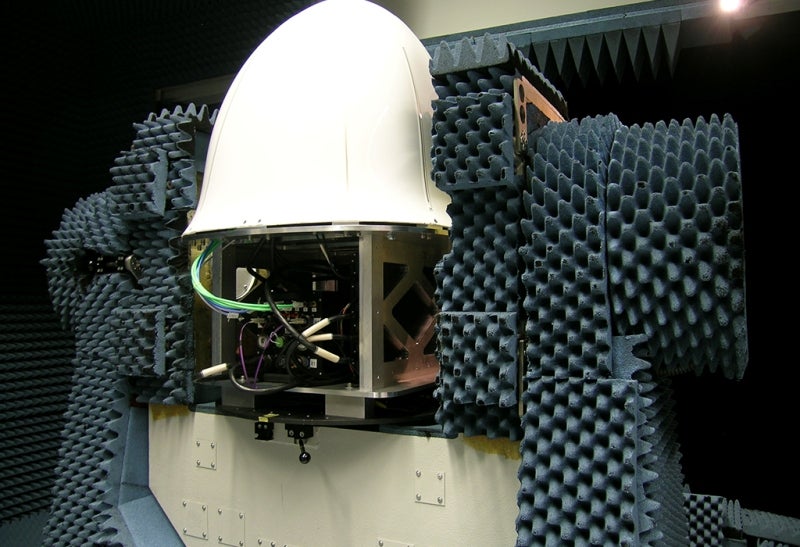
Hensoldt has developed a special radome technology to offer enhanced protection to its collision avoidance radar system for unmanned aerial vehicles (UAVs).
Radome technology is aimed at protecting the radar from environmental factors such as bird strikes or lightning, without affecting the performance of the radar.
The new radome was initially designed for a test aircraft. The company, however, noted that it can be integrated into other platforms.
Hensoldt is planning to undertake further flight tests this summer.
The company will showcase a demonstrator of its detect-and-avoid radar system featuring the latest radar technology for UAVs during the International Radar Symposium of the German Institute for Navigation (DGON) in Ulm, Germany.
The radar system is integrated into the UAV’s nose and can detect objects in the flight path of the system and gives early warning of any threat of collision. The technology allows for precise evaluation of the flight direction for detection of obstacles.
How well do you really know your competitors?
Access the most comprehensive Company Profiles on the market, powered by GlobalData. Save hours of research. Gain competitive edge.

Thank you!
Your download email will arrive shortly
Not ready to buy yet? Download a free sample
We are confident about the unique quality of our Company Profiles. However, we want you to make the most beneficial decision for your business, so we offer a free sample that you can download by submitting the below form
By GlobalDataAt the same time, the sensor assumes all the functions of a weather radar system.
The radar system is equipped with active electronically scanned array (AESA), which enables quick detection of objects.
AESA also allows the system to perform multiple detection tasks simultaneously.
In a statement, Hensoldt said: “It replaces the pilot’s visual assessment of the situation. Thanks to its excellent detection capabilities, the multifunction radar is equally suitable for military and civilian UAVs, for example, for the delivery of cargo.”
The company highlighted the requirement to protect the radar system with a radome that is electrically transparent. The radome is also required to have the same thickness across the board and be adaptable to the aerodynamics of the platform.



